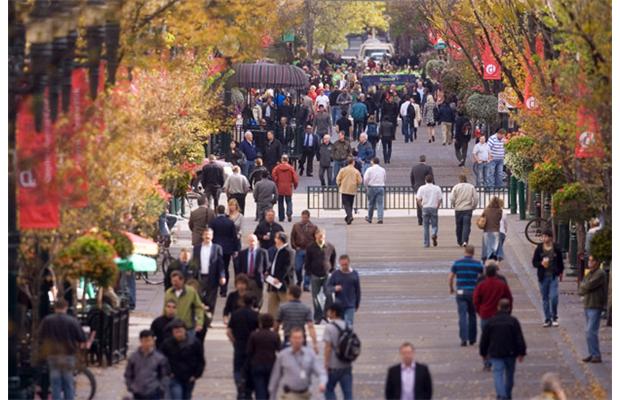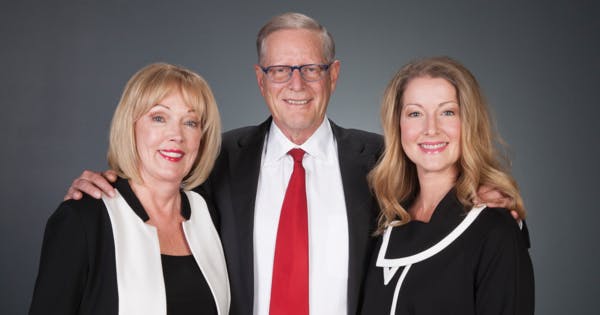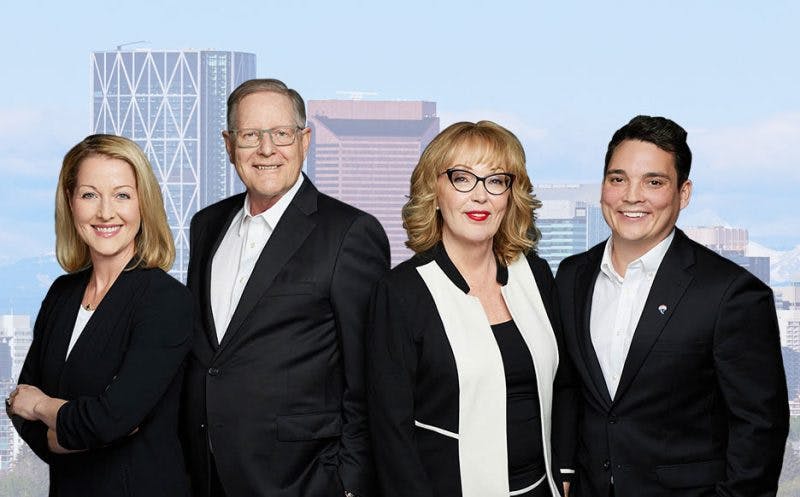 Calgary’s population is now growing at the same pace as Houston — the oil capital of Texas and one of the fastest growing cities in the United States.
Calgary’s population is now growing at the same pace as Houston — the oil capital of Texas and one of the fastest growing cities in the United States.
While Houston has nearly double the Stampede city’s population, Calgary added nearly as many people in a two-year span — 61,370 versus 58,616.
New census data released Thursday suggests Calgary is in the midst of its second-biggest spike in two decades.
Some 29,327 new residents were recorded in a civic tally conducted between April 2012 and April 2013. The city’s population has swelled to 1,149,552 — a jump of 2.6 per cent.
Statistics from the U.S. Census Bureau indicate Calgary is adding people at a faster clip than many major American cities.
A burgeoning population is good for the city economically but brings challenges as well, cautioned Mayor Naheed Nenshi.
“We’re not quite where we were in the height of the last boom, but we’re actually not that far,” he told reporters Thursday.
“So the city continues to grow and with that comes a lot of amazing benefits, but of course a lot of real pressures.”
The fastest growing community in Calgary is Evanston — a newly built neighbourhood on the northern edge of the city — followed by Auburn Bay in the deep south and nearby Cranston.
But the numbers also suggest some meaningful shifts, with several older communities seeing small upticks in population.
A “doughnut” of neighbourhoods built between 1920 and 2000 ring the inner city and historically see stagnant growth. However, many are experiencing a welcome influx of young families to replenish the population.
An interesting case in point is Tuxedo Park, a neighbourhood in the northeast that saw a jump of 7.2 per cent over the past year.
Indeed, a third of the city’s total growth occurred in established communities, with about 10,000 people choosing to call these areas home.
It’s a departure from previous years — and an encouraging trend because it allows the city to make use of existing infrastructure rather than allocate taxpayer funds for new schools, libraries and police, Nenshi said.
“We were slowly hollowing the city out and pushing people into new neighbourhoods in the fringe. It was nothing like Detroit — nothing crazy — but that trend has largely stabilized and is beginning to reverse itself,” he noted.
People are flocking to Calgary — but the mayor insists the situation is different from the boom in 2005, when businesses had trouble retaining workers and newcomers struggled to find affordable places to live.
“We are now better equipped to handle the population,” Nenshi said. “The city might have been surprised by the mid-2000 boom …(but) I think we’re at the point where the infrastructure can handle the population we have.”
University of Calgary sociology professor Kevin McQuillan agrees.
The city’s growth rate of 2.6 per cent puts it at the high end when compared to other North American urban centres, but it doesn’t raise immediate concerns, he said.
“It puts pressure on the city, but I don’t think we’re at the stage where we would call it a real ‘boom’ that could lead to a crisis in terms of the availability of housing or services,” McQuillan said.
It remains uncertain how the June flood will affect the city’s increasingly tight vacancy rates. The tough housing market is expected to intensify when students return to school in the fall. City council is now looking at ways to accelerate the rental market to accommodate displaced apartment dwellers in areas such as Mission.
“We need to prioritize housing that matches the needs of the market,” Nenshi said. “It’s been a problem for some time.”
By Tamara Gignac, Calgary Herald July 25, 2013
Connect


With over 2000 homes SOLD!
We Are the Right Choice For Your Real Estate Needs.

With over 2000 homes SOLD!
We Are the Right Choice For Your Real Estate Needs.



0 comments on “Calgary’s population spikes by 29,000 people in one year…”